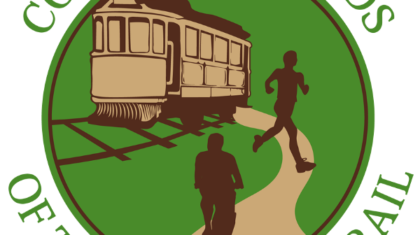
Natural surface trails serve as valuable recreational amenities for millions of Americans. Hikers, mountain bikers, equestrians, trail runners, nature-viewers, and dog-walkers routinely enjoy the physical and mental health benefits provided by natural surface trails. Convenient access to natural surface trails and open space is increasingly a major quality of life indicator for many Americans. Just as shared mobility and separated bike lanes have changed the active transportation industry, recent trends in recreation-focused natural surface trails require new approaches to the planning and design of these facilities.
Here are three strategies to take your natural surface trail plan to the next level.
- Up your public engagement efforts

As interest and appreciation for the benefits of natural surface trails has risen, so has a desire to actively participate in the planning process. On Alta’s recent Salt Lake City Foothill Trail Plan, we used an assortment of public involvement strategies to achieve broad engagement. Traditional surveys, trail user intercept surveys, stakeholder charrettes, online input maps, and traditional public meetings were utilized to develop recommended projects and understand the desires and issues for many different users. Over 3,000 participants contributed to the project’s online input map, which solicited information on desired trail alignments and allowed the public to prioritize improvements.
2. Integrate with the active transportation network

At Alta, we strive to make people’s doorstep the trailhead. While not every home can be directly adjacent to natural surface trails, we can design trail systems and active transportation infrastructure to seamlessly connect, supporting the “garage to trail” concept. This synergy removes the headache of loading up a bike rack, driving through traffic to the trailhead, finding parking, removing your bike, and doing it all over again on your trip home.
3. Optimize the experience for trail users

We all have different reasons for using natural surface trails. Sometimes, we use them to exercise; sometimes we use them for play or to challenge ourselves; sometimes we use them to experience solitude or nature (The BLM and IMBA’s Guidelines for Quality Trail Experiences provides a good overview of common trail objectives). Trail networks are typically required to serve a variety of objectives for an assortment of user groups. It is important to understand the specific types of trail experiences users want so trail planners can accommodate these objectives. In addition, it is sometimes impossible to provide a high-quality trail experience for all users on a single, shared use (open to all non-motorized users) trail. High user volumes, steep terrain, or limited sightlines can degrade the trail experience by introducing conflicts between trail users, or worse, create safety hazards. Trails designed and managed as “single use” can help alleviate these issues while providing a high-quality experience for the intended user group. Typical single-use trail types could include:
· Hike only Trails — Open only to hikers
· Descending bicycling trails — Open only to descending bicyclists
· Equestrian Trails — Open only to equestrians
· Uphill bike / multi-directional hike trails — Trail open to hikers and uphill bicyclists (Note: The low speed differential between uphill bicyclists and hikers typically allows these trails to coexist without much conflict).

Interested in learning more about new strategies in natural surface trail planning? See Dave Foster speak at the upcoming International Trails Symposium!
In the meantime, follow Alta’s updates on LinkedIn, or subscribe to our monthly newsletter.


